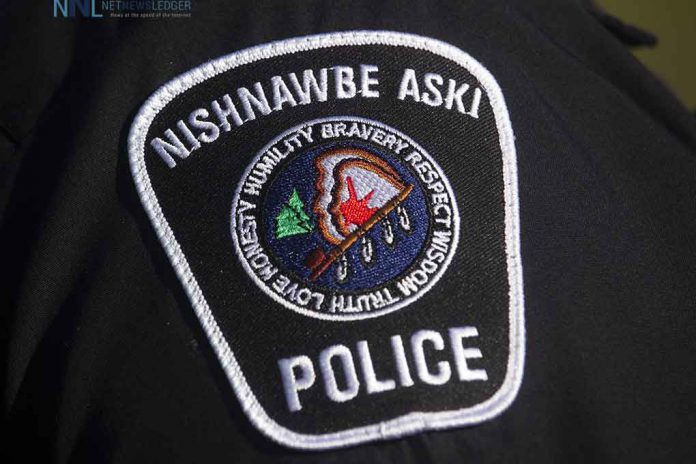TORONTO — The Ontario government is providing more than $6 million to help First Nations police services better protect their communities. The investment is part of the province’s First Nations Policing Modernization Initiative, and will be used to purchase new technology, including mobile workstations, body cameras and automated license plate readers.
“First Nations police services need modern equipment to keep their communities safe,” said Solicitor General Michael Kerzner. “This initiative will provide police officers and personnel with the tools they need to fight crime effectively and efficiently while in the field and connected to a local command network.”
A total of nine First Nations police services and 18 First Nations communities who have policing administered by the Ontario Provincial Police under the First Nations and Inuit Policing Program (FNIPP) will receive the funding.
“I am pleased to get this equipment into the hands of our frontline officers,” said Kai Liu, Chief, Treaty Three Police Service and President, Indigenous Police Chiefs of Ontario. “Mobile workstations will increase community safety and police visibility by keeping officers on the road and in our communities. Video footage from our officers’ camera equipment could be streamed directly into the command centre during emergency incidents. That’s a major step forward in our police service, thus improving our crime prevention capabilities.”
“As we look to modernize law enforcement across the province, it is critical that we support First Nations police services,” said Greg Rickford, Minister of Indigenous Affairs. “These targeted investments will enhance efficiency, and give officers the tools they need to serve their communities and remain safe on the job.”
Quick Facts
Police services in First Nations communities will use the funding to undertake modernization work, including:
- Mobile Workstations: an information technology suite of equipment embedded within a police vehicle for mobile/remote access to records management system databases, the Canadian Police Information Centre, and police services’ internal servers.
- Infrared Technologies: thermal imaging cameras are an investigative tool to assist in suspect apprehension, evidence gathering and search and rescue operations by detecting heat radiation of persons or objects.
- Live Scan Machines: support the process of capturing fingerprints electronically and can be shared immediately with police services across the country, including the Royal Canadian Mounted Police.
- Body-Worn Cameras: devices that record interactions between community members (e.g., the public, suspects, and victims) and law enforcement officers.
- In-Car Cameras: capable of recording all interactions between police and the public, including traffic stops and rear seat prisoner transportation.
- Automated Licence Plate Readers (ALPR): a system of cameras and supporting software that captures licence plate information and immediately compares plate numbers to a Ministry of Transportation database with vehicle and vehicle owner information.







